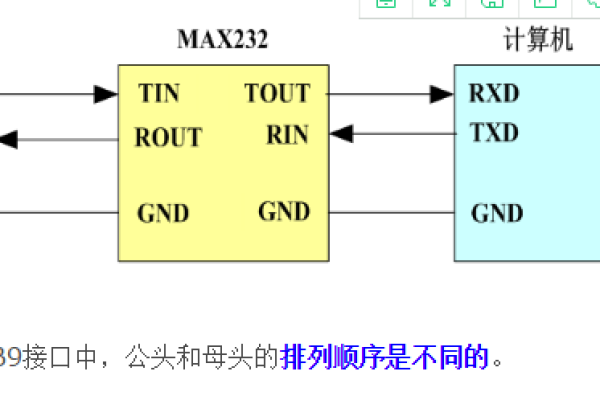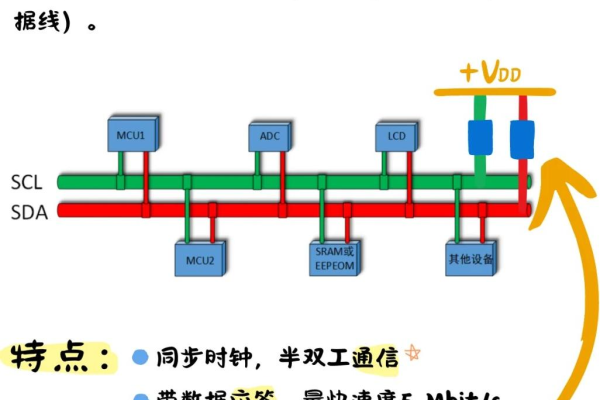串口serialport 查询串口连接状态
- 行业动态
- 2024-06-28
- 7
在计算机和通信领域,串行端口(Serial Port)扮演着重要的角色,尤其是在工业控制系统和嵌入式设备中,串口通信因其简单和稳定而被广泛使用,查询串口的连接状态是确保数据正确传输的关键步骤,对于避免因意外断开而导致的数据丢失或系统异常至关重要,本文将深入探讨如何查询串口的连接状态,并提供多种技术手段来实现这一目的。
基本概念及方法
1. SerialPort类的局限性
在C#开发中,虽然System.IO.Ports.SerialPort类为操作串口提供了丰富的API,但它并没有提供一个直接的方法来检测串口的连接状态,这一局限使得开发者需要寻找其他方式来实现状态检测。
2. 多线程轮询
一种常见的解决方案是使用多线程进行轮询,具体地,可以在一个循环中不断使用SerialPort.GetPortNames()获取当前系统中可用的串口列表,并与程序启动时记录的串口名称对比,以此来判断串口是否仍然连接。
3. 利用QSerialPort类
在QT开发环境中,QSerialPort类提供了一个名为isOpen()的方法,可以直接返回串口是否打开的状态,这种方法代码简洁,易于实现。
4. 监控任务的创建
对于C#开发者,另一种解决策略是创建一个监控任务(使用Task),周期性检查串口的连接状态,这不仅可以检测到连接的断开,还可以在串口异常断开时提供相应的逻辑处理。
实现技术细节

1.Winforms中的实现
在.NET Winforms应用程序中,初始化串口和创建监控任务的代码通常放置在窗体的构造函数中,可以在窗体加载时初始化串口并启动一个监控任务,该任务定期检查串口状态,并在界面上显示或通过日志记录状态变更。
2.跨平台QT应用的简化操作
在QT中,使用QSerialPort类可以大大简化操作,设置好串口后,只需调用open()方法尝试打开串口,若返回true则说明串口已成功打开和连接,否则表示失败。
3.异步处理方法
对于需要高效并且不影响主线程响应的应用,可以使用异步编程模式来处理串口的连接状态,这种方式可以避免界面因轮询操作而冻结,提高应用程序的响应性和用户体验。
实用案例分析
考虑到实际应用的多样性,以下是一个基于C#的实例,展示如何通过多线程轮询来监测串口状态:

using System;
using System.IO.Ports;
using System.Threading;
class SerialPortMonitor
{
private SerialPort serialPort;
private string portName;
public SerialPortMonitor(string portName)
{
this.portName = portName;
serialPort = new SerialPort(portName);
serialPort.Open();
StartMonitoring();
}
private void StartMonitoring()
{
Thread thread = new Thread(() =>
{
while (true)
{
string[] ports = SerialPort.GetPortNames();
if (!Array.Exists(ports, element => element == portName))
{
Console.WriteLine("Serial port disconnected.");
break;
}
Thread.Sleep(1000); // 每秒检查一次
}
});
thread.Start();
}
} 此代码段展示了如何在C#中通过另一个线程监控串口的连接状态,如果检测到串口断开,它将输出提示信息并停止监控线程。
优化策略
1、调整轮询频率:根据应用需求调整轮询频率,过高的频率可能会影响系统性能,过低则可能导致延迟检测到串口断开。
2、异常处理:在监控线程中加入异常处理逻辑,确保即使在轮询过程中出现异常也能正确处理,不会导致程序崩溃。
3、日志记录:对串口的状态变更进行日志记录,便于问题的追踪和系统的维护。
查询串口的连接状态是确保串口通信可靠性的重要环节,尽管一些常用的类库如C#的SerialPort未直接提供状态检测功能,但通过多线程轮询、QT框架的利用等技术手段,可以有效地实现串口状态的监控,选择合适的方法取决于具体的应用场景和技术栈,应考虑实施成本、性能影响以及易用性等因素。
下面是一个简单的介绍,用于展示查询串口连接状态的相关信息:

| 序号 | 操作系统 | 语言/框架 | 工具/库 | 主要功能 | 状态表示示例 |
| 1 | Windows | C# | SerialPort | 打开/关闭串口,读取/写入数据 | “Connected”/”Disconnected” |
| 2 | Windows | Node.js | SerialPort模块 | 打开串口,配置串口参数,读取/写入数据 | “open”/”closed” |
| 3 | Android | Java | AndroidSerialport | 连接和管理Android设备上的串口 | “Connected”/”Not Connected” |
| 4 | Windows/Linux | C | STM32/HC05蓝牙模块 | 串口初始化,数据传输 | “Ready”/”Busy” 或 蓝牙模块指示灯状态 |
| 5 | 通用 | 通用 | 串口调试工具 | 检测串口连接,发送接收数据 | “Online”/”Offline” |
介绍中展示了不同的操作系统、编程语言或框架、使用的工具或库,以及它们查询串口连接状态的主要功能和状态表示的示例。
C 的 SerialPort 类是 .NET 框架的一部分,可以用来查询串口的状态,并通过属性来判断串口是否打开。
Node.js 中的 SerialPort 模块可以用来创建串口实例,并通过事件监听的方式来获知串口的连接状态。
AndroidSerialport 是一个用于Android平台的串口通信开源库,提供了简单的API来查询串口状态。
使用STM32 单片机和HC05 蓝牙模块时,通常通过特定的AT指令或LED指示灯的状态来判断串口连接状态。
串口调试工具通常提供了图形用户界面来显示串口的实时连接状态。
请注意,状态表示示例可能根据实际的应用程序或设备的具体实现而有所不同。














